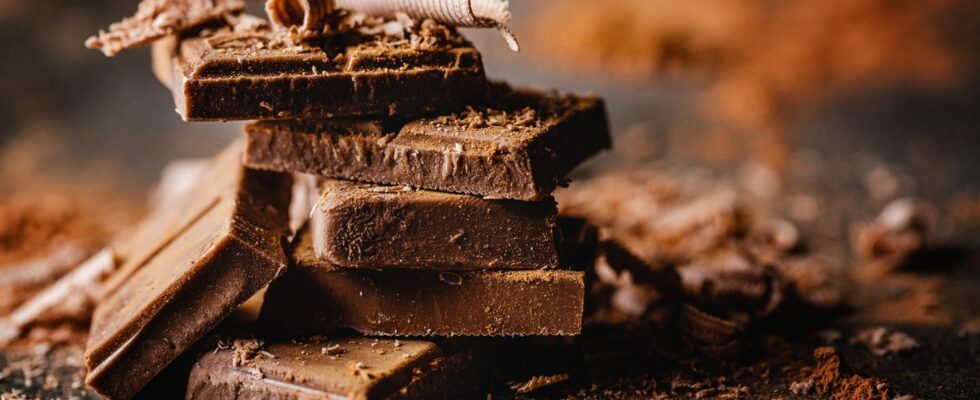Stiftung Warentest
This is the best chocolate on the market
© nerudol / Adobe Stock
Stiftung Warentest tested 25 chocolates from different manufacturers. Surprisingly, the test winner is not only cheap, but also fairly produced.
The fact that chocolate makes you happy is not just a common phrase – or a clever marketing gimmick, but in a certain way a fact: It is true that the chemically based ingredients in chocolate do not provide the lucky high – there is too little in it or we would have to eat far too much of it to have an effect. For this we usually associate very positive memories with chocolate, it gives us a feeling of reward, as psychologists explain.
In Germany, people love chocolate: we consume an average of 6 kilograms per year – a peak value in Europe according to it extra. In a two-week period, around 23 million consumers use chocolate when shopping – that’s almost a third of the total German population. No wonder himself Stiftung Warentest took a closer look at 25 “high-quality and popular” chocolates for a 2018 test – and chose a winner who has not only been unbeaten for five years, but is also one of the cheaper and, above all, fairly produced of its kind.
It wasn’t enough for well-known brands like Lindt, Magnum and Milka to win
What many a fan of high-quality products may not like: Godiva’s most expensive chocolate variety (at 6.95 euros for 100 grams) is at the bottom of the 25 varieties with the grade “sufficient”. On top of that, she was found to be heavily loaded with the heavy metal nickel, which, however, is not harmful in its quantity – even if you have eaten a lot of the chocolate. Even well-known chocolate manufacturers such as Lindt (grade “satisfactory”) and Magnum (also grade “satisfactory”) could not even make it into the top 3 with their varieties.
Some varieties have even turned out to be downright deceptive packages: the chocolate from Lauenstein Confiserie has too little milk (less than the prescribed 18 percent) and for this reason it shouldn’t be called “whole milk chocolate”. Some manufacturers promise customers on the packaging “natural vanilla flavor” (myChoco) or a refinement with “real bourbon vanilla” (Hachez) – but in both cases the test found that these claims were not true.
This is the test winner and therefore the best chocolate
But there is good news: More than every second milk chocolate tested was rated “good”. Places 2 to 4 all received a 2.0: Marabou (variety “Mjölk Choklad King Size”), Merci (“Edel-Rahm Milk Chocolate”) and Milka (“Alpenmilch”) were all successful with their taste, appearance and other evaluation criteria how to convince the packaging.
A particularly cheap milk chocolate made it into first place: “Die Gute Schokolade” was able to completely convince the testers with its taste, which is described as “very sweet, very vanilla, caramel-like, nutty”. The creamy and fast-melting chocolate costs just one euro per 100 grams and is therefore one of the cheapest representatives in the test.
Sources used: test.de, swrfernsehen.de, de.statista.com
